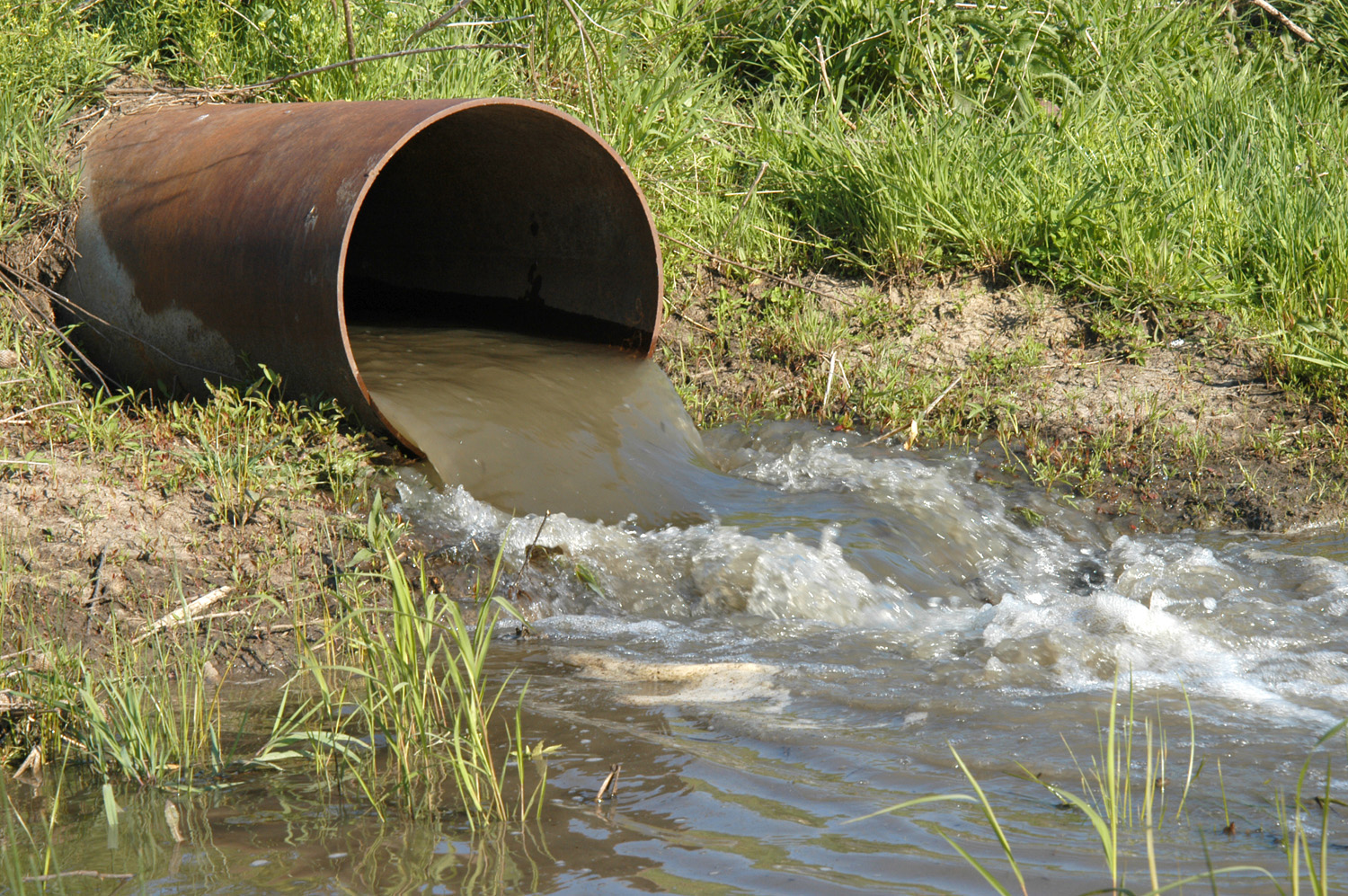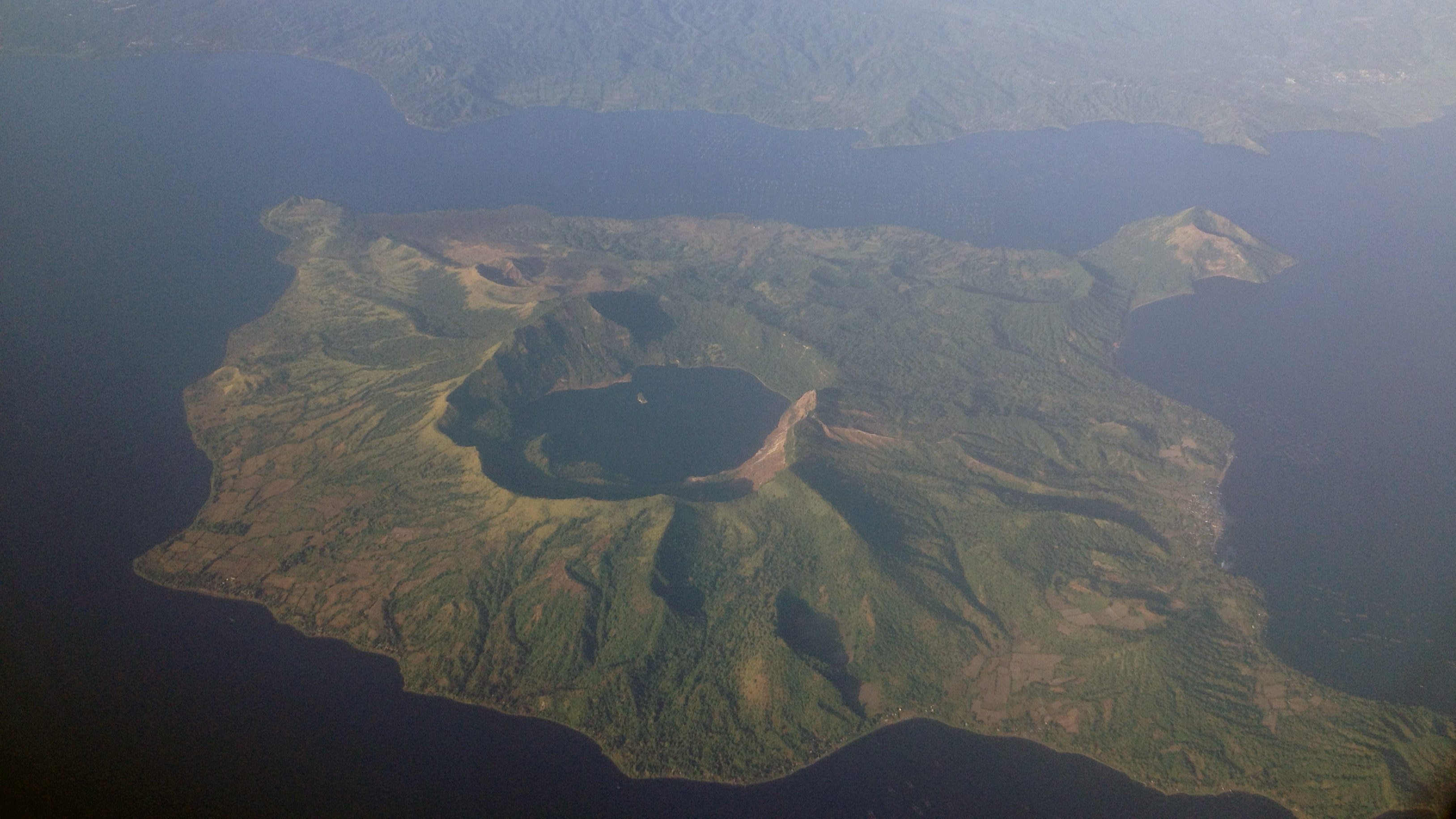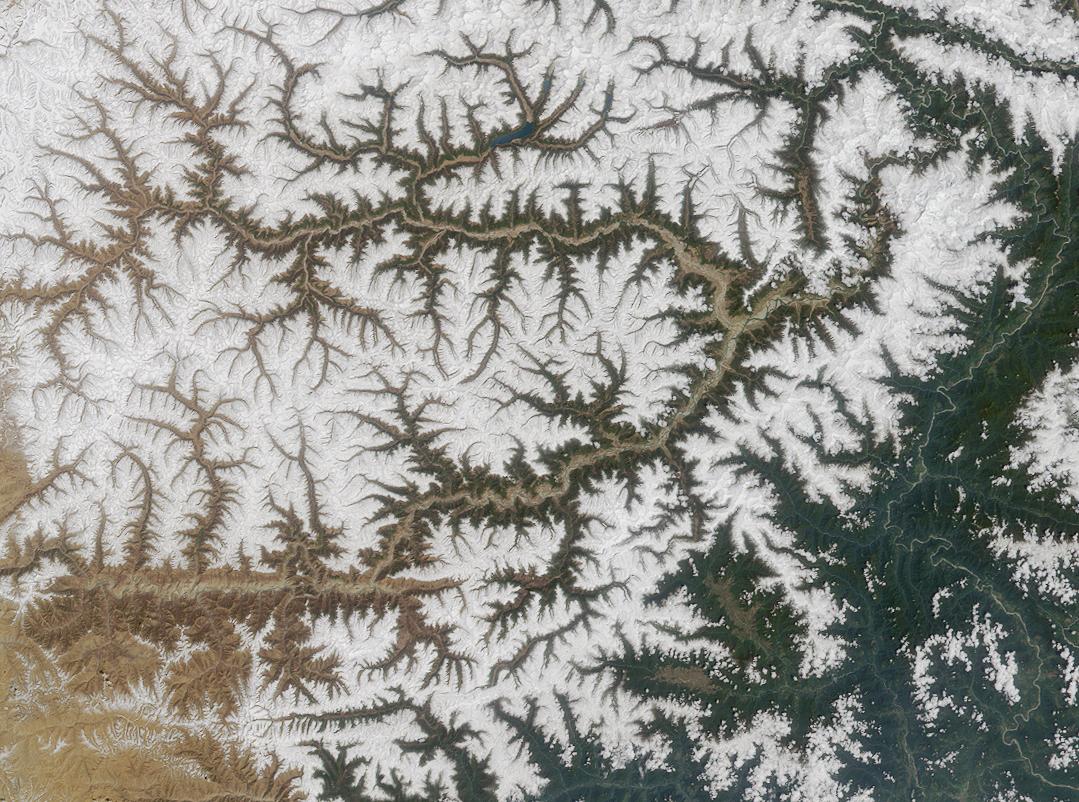|
Morong River
The Morong River ( tl, Ilog ng Morong), also referred to as the Morong-Teresa River, is a river system in Rizal, Philippines. It is one of 21 major tributaries of Laguna de Bay. It covers 14 barangays and stretches from Antipolo down to Teresa, Rizal, Morong, Rizal and finally to Laguna de Bay. The Morong River sub-basin has a drainage area of . On 1991, a study noted that eutrophication in Laguna de Bay could be attributed to nutrients brought to the lake as a result of the tremendous deterioration of the Morong River and the San Pedro River. In the case of the Morong River, this increase was said to be a result of draining effluents from hog farms. A 1994 cleanup drive initiated by the Laguna Lake Development Authority in cooperation with the local communities and local government units of Antipolo, Morong, and Teresa removed some seven truckloads of garbage and cleared a portion of the river from water lilies blocking the waterway. References See also * Laguna de ... [...More Info...] [...Related Items...] OR: [Wikipedia] [Google] [Baidu] |
Philippines
The Philippines (; fil, Pilipinas, links=no), officially the Republic of the Philippines ( fil, Republika ng Pilipinas, links=no), * bik, Republika kan Filipinas * ceb, Republika sa Pilipinas * cbk, República de Filipinas * hil, Republika sang Filipinas * ibg, Republika nat Filipinas * ilo, Republika ti Filipinas * ivv, Republika nu Filipinas * pam, Republika ning Filipinas * krj, Republika kang Pilipinas * mdh, Republika nu Pilipinas * mrw, Republika a Pilipinas * pag, Republika na Filipinas * xsb, Republika nin Pilipinas * sgd, Republika nan Pilipinas * tgl, Republika ng Pilipinas * tsg, Republika sin Pilipinas * war, Republika han Pilipinas * yka, Republika si Pilipinas In the recognized optional languages of the Philippines: * es, República de las Filipinas * ar, جمهورية الفلبين, Jumhūriyyat al-Filibbīn is an archipelagic country in Southeast Asia. It is situated in the western Pacific Ocean and consists of around 7,641 islands t ... [...More Info...] [...Related Items...] OR: [Wikipedia] [Google] [Baidu] |
Barangay
A barangay (; abbreviated as Brgy. or Bgy.), historically referred to as barrio (abbreviated as Bo.), is the smallest administrative division in the Philippines and is the native Filipino term for a village, district, or ward. In metropolitan areas, the term often refers to an inner city neighborhood, a suburb, or a suburban neighborhood or even a borough. The word ''barangay'' originated from ''balangay'', a type of boat used by a group of Austronesian peoples when they migrated to the Philippines. Municipalities and cities in the Philippines are politically subdivided into barangays, with the exception of the municipalities of Adams in Ilocos Norte and Kalayaan in Palawan, with each containing a single barangay. Barangays are sometimes informally subdivided into smaller areas called ''purok'' ( en, "wikt:zone, zone"), or barangay zones consisting of a cluster of houses for organizational purposes, and ''sitios'', which are territorial enclaves—usually rural—far from t ... [...More Info...] [...Related Items...] OR: [Wikipedia] [Google] [Baidu] |
Rivers Of The Philippines
A river is a natural flowing watercourse, usually freshwater, flowing towards an ocean, sea, lake or another river. In some cases, a river flows into the ground and becomes dry at the end of its course without reaching another body of water. Small rivers can be referred to using names such as creek, brook, rivulet, and rill. There are no official definitions for the generic term river as applied to geographic features, although in some countries or communities a stream is defined by its size. Many names for small rivers are specific to geographic location; examples are "run" in some parts of the United States, "burn" in Scotland and northeast England, and "beck" in northern England. Sometimes a river is defined as being larger than a creek, but not always: the language is vague. Rivers are part of the water cycle. Water generally collects in a river from precipitation through a drainage basin from surface runoff and other sources such as groundwater recharge, springs, a ... [...More Info...] [...Related Items...] OR: [Wikipedia] [Google] [Baidu] |
Laguna Lake Development Authority
The Laguna Lake Development Authority (LLDA), one of the attached agencies of the Department of Environment and Natural Resources (DENR), is responsible for the preservation, development, and sustainability of Laguna de Bay (Laguna Lake) and its 21 major tributary rivers. The Laguna Lake Development Authority was created by virtue of Republic Act No. 4850 (as amended by Presidential Decree No. 813). Since 1993, the LLDA has been attached to the DENR pursuant to Executive Order No. 149 for administrative supervision and policy alignment. History The Laguna Lake Development Authority (LLDA) was established in 1966 as a quasi-government agency that leads, promotes, and accelerates sustainable development in the Laguna de Bay Region. Regulatory and law-enforcement functions are carried out with provisions on environmental management, particularly on water quality monitoring, conservation of natural resources, and community-based natural resource management. The LLDA on August 7 ... [...More Info...] [...Related Items...] OR: [Wikipedia] [Google] [Baidu] |
Intensive Pig Farming
Intensive pig farming, also known as pig factory farming, is the primary method of pig production, in which grower pigs are housed indoors in group-housing or straw-lined sheds, whilst pregnant sows are housed in gestation crates or pens and give birth in farrowing crates. The use of gestation crates for pregnant sows has lowered birth production costs; however, this practice has led to more significant animal cruelty. Many of the world's largest producers of pigs ( US, China, and Mexico) use gestation crates. The European Union has banned the use of gestation crates after the fourth week of pregnancy. Intensive pig farmers often cut off tails, testes or teeth of pigs without anaesthetic. The environmental impacts of pig farming include problems posed to drinking water and algal bloom events. Description Intensive piggeries are generally large warehouse-like buildings or barns with little exposure to sunlight or the outdoors. Most pigs are officially entitled to less tha ... [...More Info...] [...Related Items...] OR: [Wikipedia] [Google] [Baidu] |
Effluent
Effluent is wastewater from sewers or industrial outfalls that flows directly into surface waters either untreated or after being treated at a facility. The term has slightly different meanings in certain contexts, and may contain various pollutants depending on the source. Treating wastewater efficiently is challenging, but improved technology allows for enhanced removal of specific materials, increased re-use of water, and energy production from waste. Definition Effluent is defined by the United States Environmental Protection Agency (EPA) as "wastewater–treated or untreated–that flows out of a treatment plant, sewer, or industrial outfall. Generally refers to wastes discharged into surface waters". The ''Compact Oxford English Dictionary'' defines effluent as "liquid waste or sewage discharged into a river or the sea". Wastewater is not usually described as effluent while being recycled, re-used, or treated until it is released to surface water. Wastewater percolate ... [...More Info...] [...Related Items...] OR: [Wikipedia] [Google] [Baidu] |
San Pedro River (Philippines)
San Pedro River may refer to: * San Pedro River (Arizona), a river which flows north from the Mexican state of Sonora into Arizona. * San Pedro River (Bolivia) * San Pedro River (Chihuahua) * San Pedro River (Chile) * San Pedro de Inacaliri River, Chile, often called simply "San Pedro River" * San Pedro River (Columbia and Venezuela), a river of the Columbia-Venezuela border * San Pedro River (Cuba) * San Pedro River (Guatemala) * San Pedro River (Panama) San Pedro River may refer to: * San Pedro River (Arizona), a river which flows north from the Mexican state of Sonora into Arizona. * San Pedro River (Bolivia) * San Pedro River (Chihuahua) * San Pedro River (Chile) * San Pedro de Inacaliri River, ... * San Pedro River (Philippines), a tributary of Laguna de Bay * San Pedro River, Cádiz {{Disambig ... [...More Info...] [...Related Items...] OR: [Wikipedia] [Google] [Baidu] |
Eutrophication
Eutrophication is the process by which an entire body of water, or parts of it, becomes progressively enriched with minerals and nutrients, particularly nitrogen and phosphorus. It has also been defined as "nutrient-induced increase in phytoplankton productivity". Water bodies with very low nutrient levels are termed oligotrophic and those with moderate nutrient levels are termed mesotrophic. Advanced eutrophication may also be referred to as dystrophic and hypertrophic conditions. Eutrophication can affect freshwater or salt water systems. In freshwater ecosystems it is almost always caused by excess phosphorus. In coastal waters on the other hand, the main contributing nutrient is more likely to be nitrogen, or nitrogen and phosphorus together. This depends on the location and other factors. When occurring naturally, eutrophication is a very slow process in which nutrients, especially phosphorus compounds and organic matter, accumulate in water bodies. These nutrients deriv ... [...More Info...] [...Related Items...] OR: [Wikipedia] [Google] [Baidu] |
Drainage Basin
A drainage basin is an area of land where all flowing surface water converges to a single point, such as a river mouth, or flows into another body of water, such as a lake or ocean. A basin is separated from adjacent basins by a perimeter, the '' drainage divide'', made up of a succession of elevated features, such as ridges and hills. A basin may consist of smaller basins that merge at river confluences, forming a hierarchical pattern. Other terms for a drainage basin are catchment area, catchment basin, drainage area, river basin, water basin, and impluvium. In North America, they are commonly called a watershed, though in other English-speaking places, "watershed" is used only in its original sense, that of a drainage divide. In a closed drainage basin, or endorheic basin, the water converges to a single point inside the basin, known as a sink, which may be a permanent lake, a dry lake, or a point where surface water is lost underground. Drainage basins are similar ... [...More Info...] [...Related Items...] OR: [Wikipedia] [Google] [Baidu] |
Tributaries
A tributary, or affluent, is a stream or river that flows into a larger stream or main stem (or parent) river or a lake. A tributary does not flow directly into a sea or ocean. Tributaries and the main stem river drain the surrounding drainage basin of its surface water and groundwater, leading the water out into an ocean. The Irtysh is a chief tributary of the Ob river and is also the longest tributary river in the world with a length of . The Madeira River is the largest tributary river by volume in the world with an average discharge of . A confluence, where two or more bodies of water meet, usually refers to the joining of tributaries. The opposite to a tributary is a distributary, a river or stream that branches off from and flows away from the main stream. PhysicalGeography.net, Michael Pidwirny & Scott ... [...More Info...] [...Related Items...] OR: [Wikipedia] [Google] [Baidu] |
Calabarzon
Calabarzon (), formally known as the Southern Tagalog Mainland, is an administrative region in the Philippines, designated as Region IV-A. The region comprises five provinces: Batangas, Cavite, Laguna, Quezon, and Rizal; and one highly urbanized city, Lucena. The region is the most populous region in the Philippines according to the Philippine Statistics Authority, having over 14.4 million inhabitants in 2020, and is also the country's second most densely populated after the National Capital Region. The region is situated southeast of Metro Manila, and is bordered by the Manila Bay to the west, Lamon Bay and the Bicol Region to the east, the Tayabas Bay and Sibuyan Sea to the south, and Central Luzon to the north. It is home to places like Mount Makiling near Los Baños, Laguna, and the Taal Volcano in Batangas. Prior to its creation as a region, Calabarzon, together with the Mimaropa region, the province of Aurora and several parts of Metro Manila, formed the historical ... [...More Info...] [...Related Items...] OR: [Wikipedia] [Google] [Baidu] |
River System
In geomorphology, drainage systems, also known as river systems, are the patterns formed by the streams, rivers, and lakes in a particular drainage basin. They are governed by the topography of land, whether a particular region is dominated by hard or soft rocks, and the gradient of the land. Geomorphologists and hydrologists often view streams as part of drainage basins (and sub-basins). This is the topographic region from which a stream receives runoff, throughflow, and its saturated equivalent, groundwater flow. The number, size, and shape of the drainage basins varies and the larger and more detailed the topographic map, the more information is available. Drainage patterns Per the lie of channels, drainage systems can fall into one of several categories, known as drainage patterns. These depend on the topography and geology of the land. All forms of transitions can occur between parallel, dendritic, and trellis patterns. Accordant versus discordant drainage patterns A dr ... [...More Info...] [...Related Items...] OR: [Wikipedia] [Google] [Baidu] |






